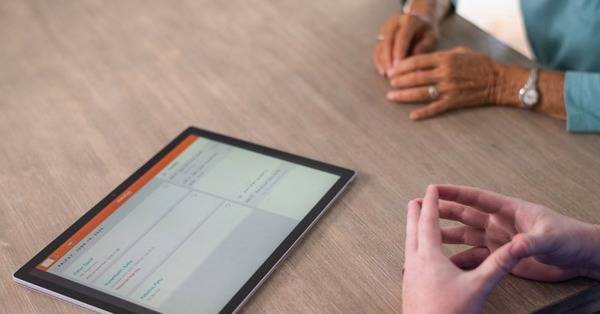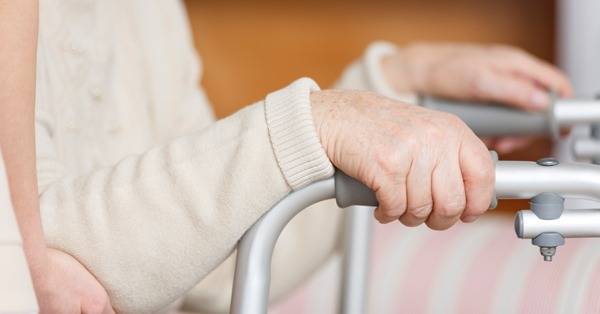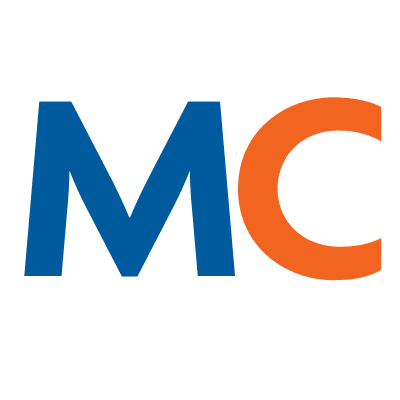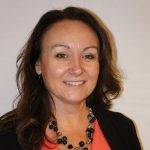- Solutions
- Solutions
- Home Health
- Hospice
- Life Plan Community
- Palliative Care
- Private Duty
- Senior Living
- Skilled Nursing
- Skilled Nursing
- Skilled Nursing Software
- Advanced Insights
- Customer relationship management
- Data and analytics
- Financial & operations management
- Marketing
- Nutrition management
- Referral management
- Regulatory compliance
- Retail management
- Resident engagement
- Revenue cycle management
- Skilled nursing interoperability
- Partners
- Blogs
- Resources
- About
- User Conference

How to improve infection tracking and prevention in skilled nursing
Always an important element in resident care, infection tracking and management has taken on even greater urgency in recent years. With new requirements imposed by last year’s Updated Guidance for Nursing Home Resident Health and Safety from the U.S. Centers for Medicare & Medicaid Services (CMS), managing and helping to prevent infections is now a top priority for skilled nursing facilities.
And thanks to innovations in technology, infection tracking is no longer a laborious and error-prone process, but easier to accomplish than ever before. Nursing facilities today have access to tools that can help them more effectively manage infections within their larger populations. The result is not just immediate improvements in resident care, but also operation-wide efficiencies and cost savings.
The importance of infection tracking in skilled nursing
Lack of effective infection tracking and management is both a danger to residents and a financial burden for facilities. Unmanaged or unknown infections can lead to greater levels of rehospitalization, which can damage an organization’s reputation and ability to earn referrals and attract new residents. It can also bring upon the type of CMS penalties that many organizations can ill afford at the present moment.
It’s estimated that anywhere from one to three million infections occur in nursing homes and long-term care facilities in any given year. Not only has that figure not really improved since the 1980s, but it also indicates that there may be more infections per year in nursing facilities than there are licensed beds (calculated by the CDC to be 1.7 million in 2018).
This is a serious challenge, and one that’s been difficult to meet in the past. Traditionally, information related to infections has been compiled and managed by hand, on spreadsheets and on other physical documentation, usually by workers with other priorities on their mind.
Even when done competently and without error, this traditional process of infection tracking is slow and cumbersome. Worse, the data gathered rarely reflects the whole of the resident’s infection history, often covering only recent events. And it’s not always easy to access for the clinical workers who may need it to ensure the best possible outcomes at any given moment.
Even before Covid-19 exposed the limits of this model of infection tracking, CMS policies had begun to address it. Since 2016, nursing facilities have been required to have a specially trained infection preventionist (IP). In 2022, that requirement was updated to require a part-time IP who “must physically work onsite and cannot be an off-site consultant or work at a separate location.” And government agencies have signaled that they’re set to investigate and “take action” on facilities that fail to comply.
As necessary and as well-intended as these regulations may be, many facilities have struggled to meet them. For those without the resources to hire a dedicated IP specialist, relying on existing staff to serve as certified specialists imposes a new strain on a workforce that’s already stretched far too thin.
Today, however, technology has emerged that can help patch up these traditional limitations of infection tracking and ensure a more effective, comprehensive and collaborative process. And by integrating these features into their EHR systems, organizations can better control costs associated with infections while also realizing other important benefits, like making the task much easier to manage for the workers assigned to it.
How technology helps improve infection tracking and enables proactive care
By integrating advanced infection tracking and management capabilities into their EHR systems, organizations empower themselves to deliver more proactive care — i.e., they enhance their efforts to proactively prevent decline among residents. By helping detect issues before they require costly interventions, proactive care has obvious benefits to an organization’s outcomes, as well as its ability to sustain revenue by avoiding hospitalizations.
Using technology in this way can also enable organizations to develop better, more informed resident care plans. By gathering together all necessary data on infections in an easy-to-access format, directors can focus more quickly on critical details that may be easy to miss without the help of technology. And this can help efforts to reduce hospitalizations, overall citations and even the risk of litigation.
By simplifying infection tracking into an easy-to-use process (complete with mobile documentation), leaders can also help nurture job satisfaction by making life a little easier for busy workers — an important benefit at a time when retention is top of mind. Instead of combing through endless charts and running report after report, clinicians get instant, full visibility on the data they need, when they need it, across an entire facility or community.
And with better collection, organization and documentation comes the ability to analyze data in ways that can drive meaningful improvements. For example, infection rates, trends and related data like wounds and medications can be analyzed and compared over time, which helps support quality assurance efforts and the adoption of successful interventions across the entire organization.
This ability to see broad trends and anticipate risk also gives leaders the power to quickly pinpoint quality improvement needs, helping meet Quality Assurance and Performance Improvement (QAPI) standards. It can also help them more clearly understand the demographics of prospects in relation to census recovery, and empower them to make key improvements on measuring and reporting outcomes.
Improve your facility’s infection tracking and prevention efforts with MatrixCare
MatrixCare is proud to be among those working to improve infection tracking and management for nursing facilities. Our Infection Tracker and MyAnalytics tools are designed to help organizations meet the important goal of proactive infection management, all integrated within our industry-leading EHR platform — all from a single provider, without the need for another third-party integration.
Take a closer look: Request a demo today to see what MatrixCare can do for your organization.
Request a demo today for a closer look at MatrixCare.
See what MatrixCare can do for you
Cassie Diner
Cassie Diner joined the clinical team at MatrixCare in May of 2013 after graduating with a BSN, RN from College of Saint Benedict. That same year she became the RN charge nurse at a long-term care facility. In 2015 she became a senior trainer and eventually became a Senior Manager of Client Education at MatrixCare in 2018. Cassie currently works as a Clinical Product Manager and continues to work at a long-term care facility as the RN charge nurse. Being part of the MatrixCare team allows her to utilize her technology, clinical, and leadership skills.
Related Posts



See MatrixCare in action
Start by having a call with one of our experts to see our platform in action.
MatrixCare offers industry-leading software solutions. Thousands of facility-based and home-based care organizations trust us to help them improve efficiency and provide exceptional care.
© 2025 MatrixCare is a registered trademark of MatrixCare. All rights reserved.





